
Table of Contents
In the dynamic world of digital marketing, one term stands out as a cornerstone of successful online presence: ‘Domain Authority’. Coined by SEO industry pioneer Moz, Domain Authority is a search engine ranking score that predicts how well a website will rank on search engine result pages (SERPs). But how does one boost this crucial metric? The answer lies in the art of backlink building, a strategic SEO link strategy that, when executed ethically, can significantly enhance your domain authority. Let’s dive into the fascinating realm of backlink building and explore ethical strategies that will not only boost your domain authority but also ensure your website’s longevity and credibility in the ever-evolving SEO landscape.
Did you know that 91% of all pages never get any organic traffic from Google? (Source: Ahrefs) This staggering statistic underscores the importance of SEO strategies like backlink building. But with the SEO landscape evolving at a rapid pace, it’s crucial to stay informed about the latest ethical practices. Gone are the days when keyword stuffing and buying links could cut it. Today, search engines are smarter, and users are more discerning. So, the question is: are you ready to embrace the art of ethical backlink building and watch your domain authority soar?
In this comprehensive guide, we promise to demystify the intricacies of backlink building, providing you with a solid understanding of its role in boosting domain authority. We’ll delve into the science behind backlinks, explore the difference between ‘good’ and ‘bad’ links, and guide you through a step-by-step process of building a robust, ethical backlink profile. By the end of this article, you’ll not only agree that backlink building is a vital SEO strategy but also be equipped with the knowledge and tools to implement it effectively. So, buckle up and get ready to embark on a journey that will transform your website from a mere online presence to a powerful, authoritative entity in your niche.
Mastering the Craft: Ethical Backlink Building for Enhanced Domain Authority
In the dynamic realm of search engine optimization (SEO), mastering the craft of ethical backlink building is akin to a blacksmith forging a sword. Backlinks, the digital equivalent of endorsements, are the lifeblood of a website’s domain authority. They are the votes of confidence that search engines like Google use to determine your site’s relevance and importance. Imagine a bustling marketplace; the more respected merchants (websites) vouch for you (backlinks), the more trustworthy you appear to potential customers (search engines). However, not all backlinks are created equal. A shoddily crafted link from a disreputable source can do more harm than good, much like a blacksmith’s apprentice attempting to forge a blade with subpar materials. Therefore, it’s crucial to build backlinks ethically, ensuring they come from reputable sources, are relevant to your niche, and are earned through quality content and strategic outreach. This is not a task for the impatient; it requires time, effort, and a keen understanding of your industry. But fear not, for every link earned is a step towards enhancing your domain authority, making your website a beacon of trust and relevance in the vast, ever-evolving digital landscape.

Understanding Backlink Building
Imagine you’re at a grand library, and each book is a website. The librarian (search engines) wants to recommend the best books (websites) to patrons (users). But how does the librarian decide which books are the most useful and relevant? This is where backlink building comes into play, much like how patrons leave notes in the margins of books they find valuable.Backlink building is like these notes, where one website (Book A) leaves a ‘note’ or a link on another website (Book B), saying ‘Hey, I found this book (website) really useful, you should check it out too!’ The more quality notes (backlinks) a book (website) has, the more the librarian (search engine) thinks it’s valuable, and the higher it’s placed on the shelves (search engine results pages).In the digital world, these ‘notes’ are called backlinks. They’re created when one website links to another. Search engines like Google use these backlinks to determine a website’s credibility and relevance, which is crucial for Search Engine Optimization (SEO). The more high-quality backlinks a website has, the higher its domain authority, much like how a book with many notes in the margin is considered more valuable.But remember, not all notes (backlinks) are created equal. A note from a renowned scholar (a high-authority website) carries more weight than one from a casual reader (a low-authority website). Similarly, backlinks from reputable sources significantly impact a website’s domain authority more than those from less credible sites.So, how can you build these valuable backlinks? Here are a few strategies:
- Create high-quality, engaging content that others want to link to.
- Guest post on reputable websites and include links back to your site.
- Collaborate with other websites in your niche for mutual backlinking.
- Reach out to websites that have mentioned you but didn’t link to you, and politely ask them to do so.
Backlink building is a continuous process that requires patience and effort. But remember, just as a book with many notes is more likely to be read, a website with many quality backlinks is more likely to be visited and ranked higher in search results.
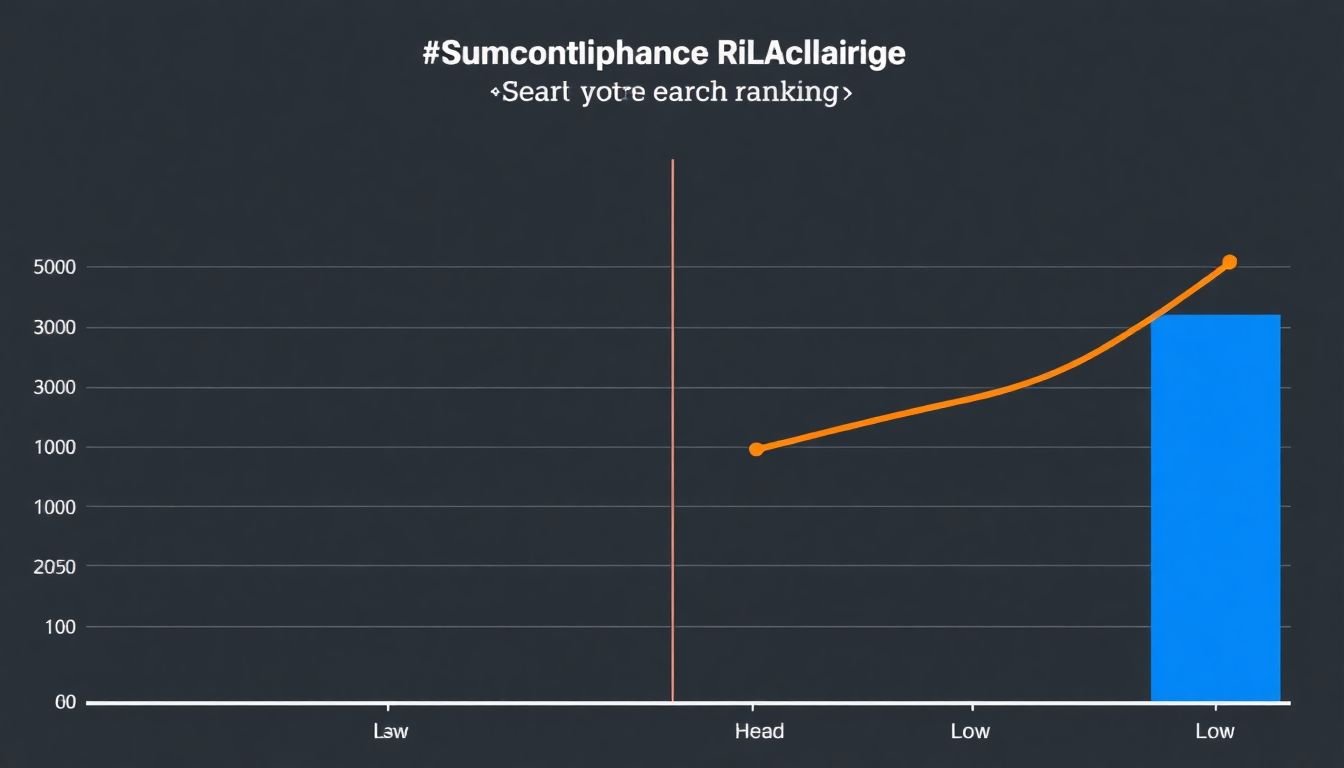
The Role of Domain Authority in SEO
In the dynamic landscape of digital marketing, Search Engine Optimization (SEO) plays a pivotal role in determining a website’s online visibility and success. Among the myriad factors that influence SEO, one stands out as a cornerstone: Domain Authority (DA).
Domain Authority, a metric developed by SEO industry leader Moz, quantifies the strength and relevance of a website’s domain on a scale of 1 to 100. It’s akin to a website’s ‘reputation score,’ reflecting its credibility, reliability, and relevance in the eyes of search engines like Google.
Domain Authority significantly impacts a website’s visibility and ranking in search engine results pages (SERPs). Here’s how:
- Visibility: Websites with higher DA tend to appear more frequently in search results. They’re seen as trustworthy and authoritative, making them more visible to users.
- Credibility: Domain Authority is a testament to a website’s credibility. A high DA signals to users and search engines that the site is reliable and provides valuable content.
- Ranking: Search engines favor websites with high DA, often ranking them higher in SERPs. This is because they’re seen as established, relevant, and likely to provide a positive user experience.
Improving Domain Authority is a long-term process that involves building high-quality backlinks, creating exceptional content, and ensuring a positive user experience. It’s a marathon, not a sprint, but the rewards
- increased traffic, higher rankings, and enhanced credibility
- make it a worthwhile endeavor.
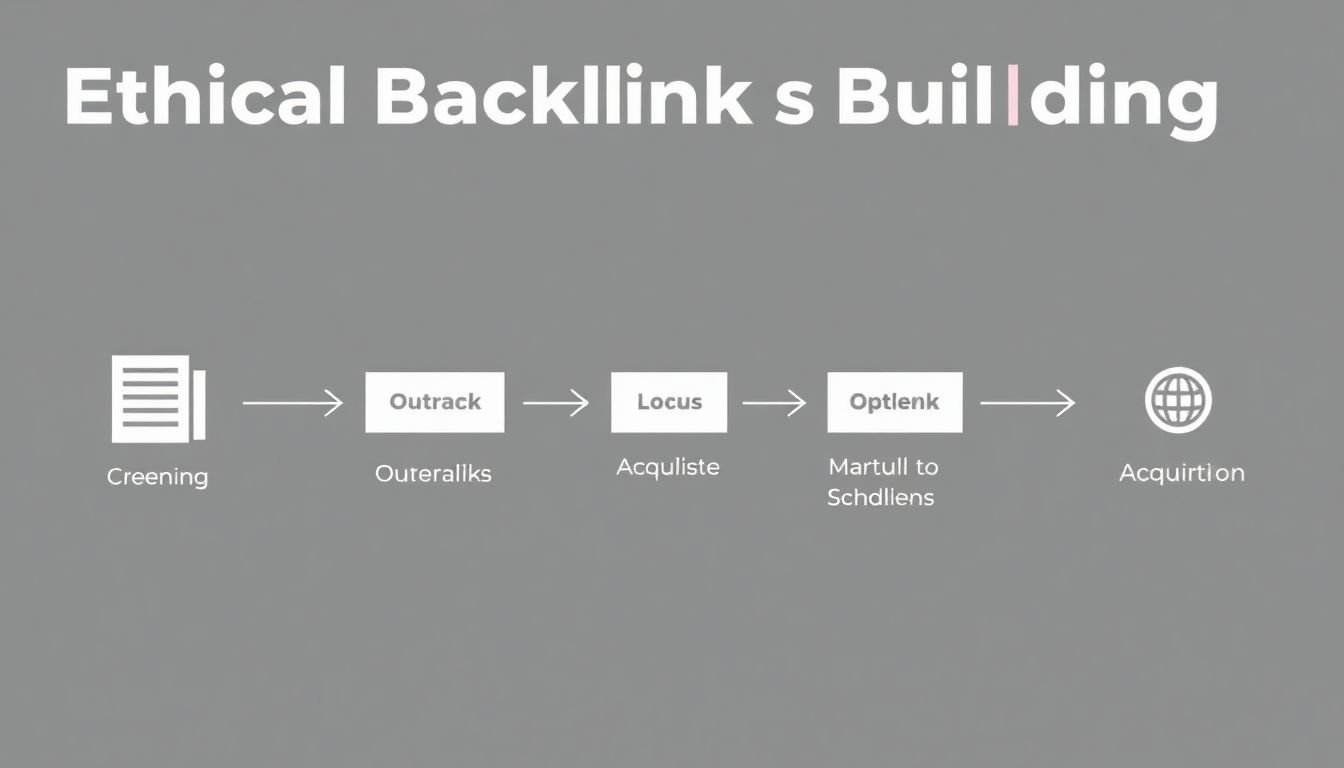
Ethical Backlink Building Strategies
In the dynamic landscape of search engine optimization (SEO), building high-quality backlinks remains a cornerstone strategy. However, the path to effective link building is riddled with ethical considerations. Let’s delve into various ethical strategies for constructing a robust and natural backlink profile.
Firstly, relevance is the north star guiding our link-building endeavors. Backlinks from websites that are pertinent to your niche carry more weight than those from unrelated sources. This is because search engines, particularly Google, favor links that indicate your site’s value within its specific context. To achieve this, consider collaborating with industry influencers, guest posting on relevant blogs, or creating exceptional content that naturally attracts links.
Authority, the second pillar of ethical backlink building, refers to the credibility and influence of the linking domain. Backlinks from high-authority sites can significantly boost your site’s ranking. To secure these, focus on creating highly shareable content, earning mentions from industry leaders, or leveraging partnerships and collaborations. Remember, quality trumps quantity in the world of backlinks.
Crafting a natural link profile is akin to telling a compelling story. It should evolve organically over time, reflecting your site’s growth and influence. To maintain this naturalness, avoid unnatural link patterns, such as sudden spikes or identical anchor text. Instead, strive for a diverse and evolving link profile, achieved through consistent, ethical link-building efforts.
In conclusion, ethical backlink building is a marathon, not a sprint. By focusing on relevance, authority, and natural growth, you’re not only boosting your site’s SEO but also fostering a positive reputation in your industry.

The Power of High-Quality Content
In the dynamic landscape of digital marketing, the power of high-quality content cannot be overstated. It’s the beacon that guides organic traffic, the currency that builds authority, and the catalyst that attracts natural backlinks. Let’s delve into the role of high-quality content in attracting these valuable links and explore the content types that tend to draw them in.High-quality content, by definition, is engaging, informative, and adds value to its readers. It’s the kind of content that people want to share, reference, and link back to. Search engines, too, recognize and reward such content with higher rankings, creating a virtuous cycle of visibility and authority. But how does one create content that attracts natural backlinks?Firstly, understanding your audience is key. Craft content that speaks to their interests, answers their questions, and solves their problems. This could be in the form of in-depth guides or how-to articles. For instance, a comprehensive guide on ‘How to Grow Organic Tomatoes’ could attract links from gardening blogs, forums, and even related product websites.Secondly, original research and data-driven content can be a powerful link magnet. Unique insights and statistics can be highly shareable and link-worthy. For example, a study on ‘The Impact of Climate Change on Global Crop Yields’ could attract links from environmental blogs, scientific journals, and news websites.Thirdly, visual content like infographics and videos can also drive links. They are highly shareable and can be easily embedded by other websites. A well-designed infographic on ‘The History of Coffee’ could attract links from food blogs, history websites, and even coffee-related businesses.Lastly, timely and trending content can capitalize on current events and trends. A thought piece on ‘The Role of AI in Agriculture’ could attract links from tech blogs, agricultural websites, and related industry publications.In essence, high-quality content is not just about keywords and SEO. It’s about creating something valuable, something that people want to engage with, share, and link back to. And when you create that, the natural backlinks will follow.
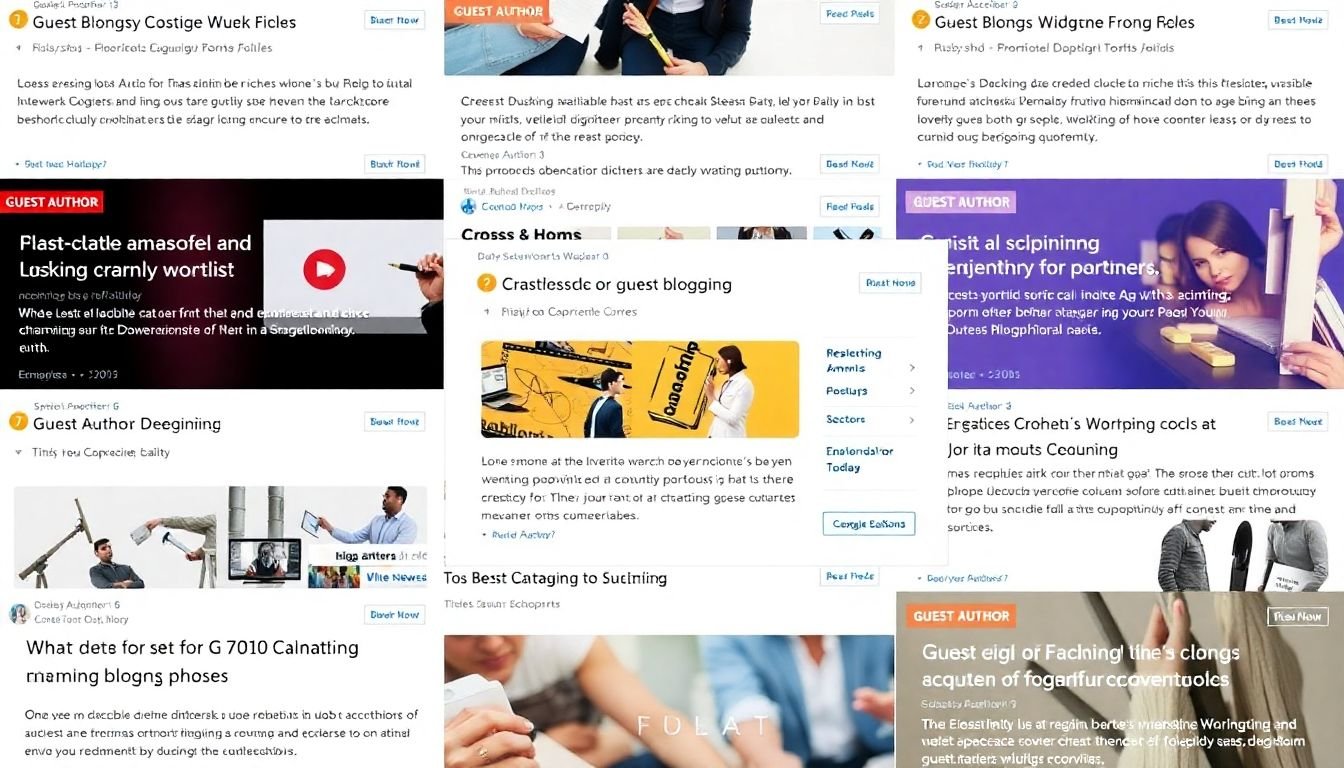
Guest Blogging: A Tried-and-Tested Method
Guest blogging, a strategy as old as the blogosphere itself, remains a tried-and-tested method for building high-quality backlinks. This approach involves creating valuable content for other blogs in your niche, with the aim of driving referral traffic and boosting your site’s search engine rankings. But how effective is it in today’s digital landscape, and how can you make the most of this strategy? Let’s dive in.
Firstly, let’s address the elephant in the room: yes, guest blogging is still effective. Despite some controversies in the past, when done right, it can significantly improve your SEO efforts. It helps you gain exposure to a new audience, build relationships with industry influencers, and earn authoritative backlinks that search engines love.
Now, let’s talk about finding relevant platforms. The key here is to look for blogs that share your target audience. Here are some steps to help you:
- Identify your niche and create a list of potential blogs.
- Use tools like SimilarWeb, SEMrush, or Ahrefs to analyze their traffic and engagement.
- Check if they accept guest posts. This is usually mentioned in their ‘Write for Us’ or ‘Contribute’ page.
- Read their guest posting guidelines carefully to ensure your content aligns with their standards.
Once you’ve found your platforms, it’s time to create engaging content. Remember, the goal is to provide value to the blog’s existing audience while subtly promoting your brand. Here are some tips:
- Choose a topic that resonates with the audience and aligns with your expertise.
- Write in a style that matches the blog’s tone and format.
- Include relevant links to your website, but avoid overstuffing them. Quality over quantity is key here.
- Craft a compelling author bio that encourages readers to click through to your site.
In conclusion, guest blogging is far from dead. It’s a powerful tool that, when used strategically, can significantly enhance your SEO efforts. So, start exploring relevant platforms, crafting engaging content, and watch your backlink profile grow.
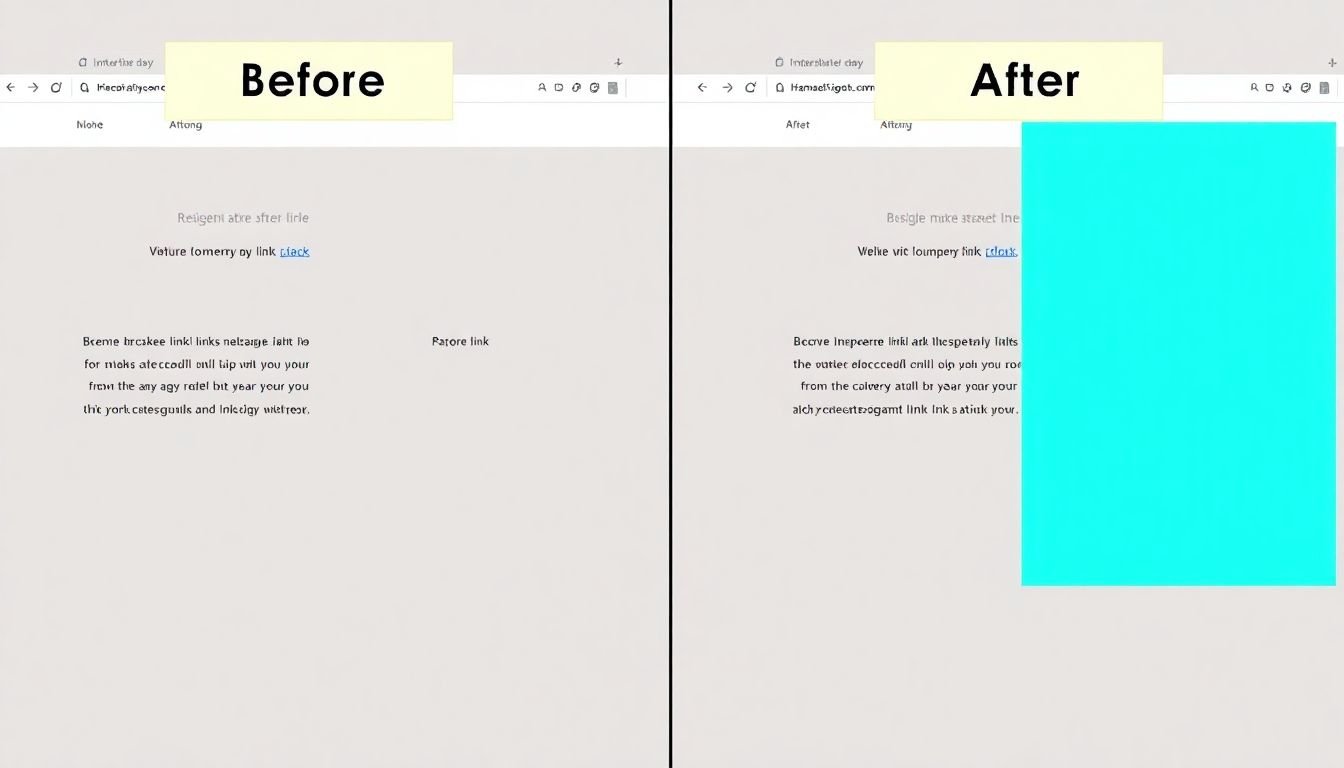
Broken Link Building: A Neglected Opportunity
Broken link building, a strategic approach often overlooked in the digital marketing landscape, presents a unique opportunity to boost your website’s SEO and drive targeted traffic. The concept is simple yet powerful: identify broken links on established, relevant websites, recreate the missing content, and then reach out to the webmaster to replace the broken link with a link to your recreated content. This not only helps the webmaster fix their broken link but also provides you with a valuable backlink, enhancing your website’s authority and visibility in search engine results.
The benefits of broken link building are manifold. Firstly, it allows you to acquire high-quality backlinks from authoritative websites, which can significantly improve your website’s domain authority and search engine rankings. Secondly, it helps you build relationships with influential webmasters in your niche, opening doors to future collaborations and opportunities. Lastly, it provides you with an opportunity to create valuable content that your target audience will appreciate.
Implementing broken link building effectively involves several steps. Firstly, you need to identify relevant websites in your niche that are likely to have broken links. Tools like BrokenLinkCheck, DeadLinkCheck, or even Google Search Console can help you with this. Once you’ve identified a potential target, use tools like the ‘Check My Links’ browser extension to find broken links on their website.
Next, recreate the missing content on your website, ensuring it’s valuable, relevant, and better than the original. Once your content is ready, reach out to the webmaster. Personalize your message, explain the broken link, provide a link to your recreated content, and politely ask them to replace the broken link with a link to your content. Use a tool like Hunter.io to find the webmaster’s email address if it’s not readily available.
Finally, follow up politely if you don’t hear back. Webmasters are often busy, and a gentle reminder can help ensure your email doesn’t get lost in their inbox. And remember, broken link building is a numbers game. The more emails you send, the more responses you’re likely to get.
In conclusion, broken link building is a neglected opportunity that can significantly enhance your website’s SEO and drive targeted traffic. By identifying broken links, recreating valuable content, and reaching out to webmasters, you can acquire high-quality backlinks, build relationships, and create content that your audience will love.
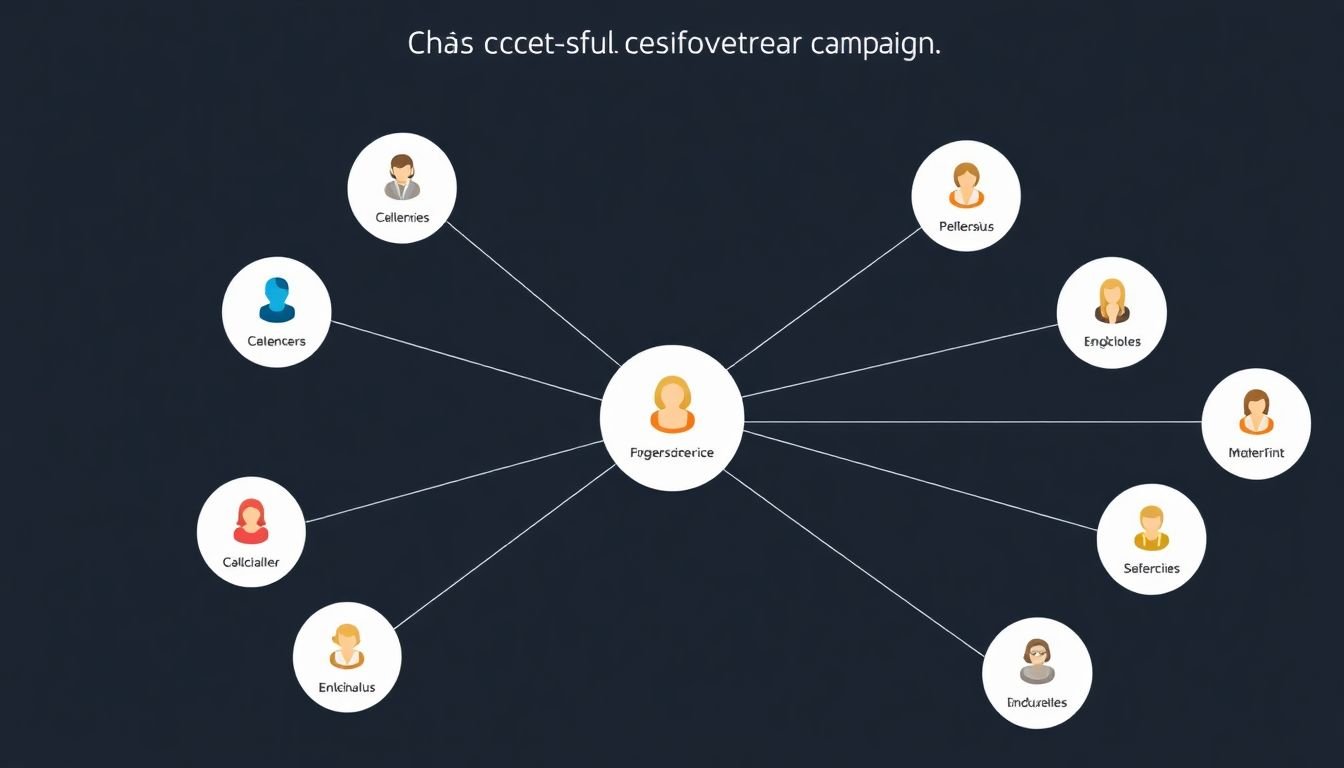
The Art of Influencer Outreach
In the dynamic landscape of digital marketing, influencer outreach has emerged as a powerful tool, particularly in the realm of backlink building. Backlinks, essentially votes of confidence from one website to another, are a critical ranking factor for search engines. Influencer outreach, when executed strategically, can significantly boost your website’s authority and visibility. But how does one navigate this art form? Let’s delve into the importance of influencer outreach and explore some tips to help you identify and engage with relevant influencers.
The importance of influencer outreach in backlink building cannot be overstated. Influencers, by virtue of their large, engaged followings, can drive substantial traffic to your website. Moreover, when they link back to your site, they’re essentially endorsing your content, which can significantly enhance your site’s credibility in the eyes of search engines. However, it’s not just about the numbers. Influencers bring authenticity and relevance to your brand, helping you reach your target audience more effectively.
Now, let’s talk about identifying relevant influencers. This is not a one-size-fits-all task. You need to find influencers whose niche aligns with yours, and whose audience is likely to be interested in your content. Here are some steps to help you:
- Start by defining your niche and target audience. This will help you narrow down your search.
- Use tools like BuzzSumo, Followerwonk, or HypeAuditor to find influencers in your niche. These tools can help you identify influencers based on keywords, hashtags, or even your competitors’ followers.
- Once you’ve identified potential influencers, evaluate their reach, engagement, and relevance. Tools like SocialBlade or SimilarWeb can provide insights into their follower growth, engagement rates, and website traffic.
- Check their content quality and consistency. Ensure their content aligns with your brand values and that they have a consistent posting schedule.
Engaging with influencers is an art in itself. It’s not about what you can get from them, but what you can offer. Here are some tips:
- Build a relationship first. Engage with their content, comment on their posts, share their content. Show genuine interest in their work.
- Personalize your communication. Influencers receive countless requests. A generic email is unlikely to grab their attention. Tailor your message to them, showing you’ve done your homework.
- Be clear about your intentions, but don’t be pushy. Explain why you think a collaboration would benefit both parties. Be open to their ideas and suggestions.
- Offer value. This could be in the form of content ideas, resources, or even a small token of appreciation. Remember, it’s a two-way street.
Influencer outreach is a long-term strategy. It’s about building relationships, not just securing backlinks. With patience, persistence, and a genuine approach, you can master the art of influencer outreach and reap its rewards.
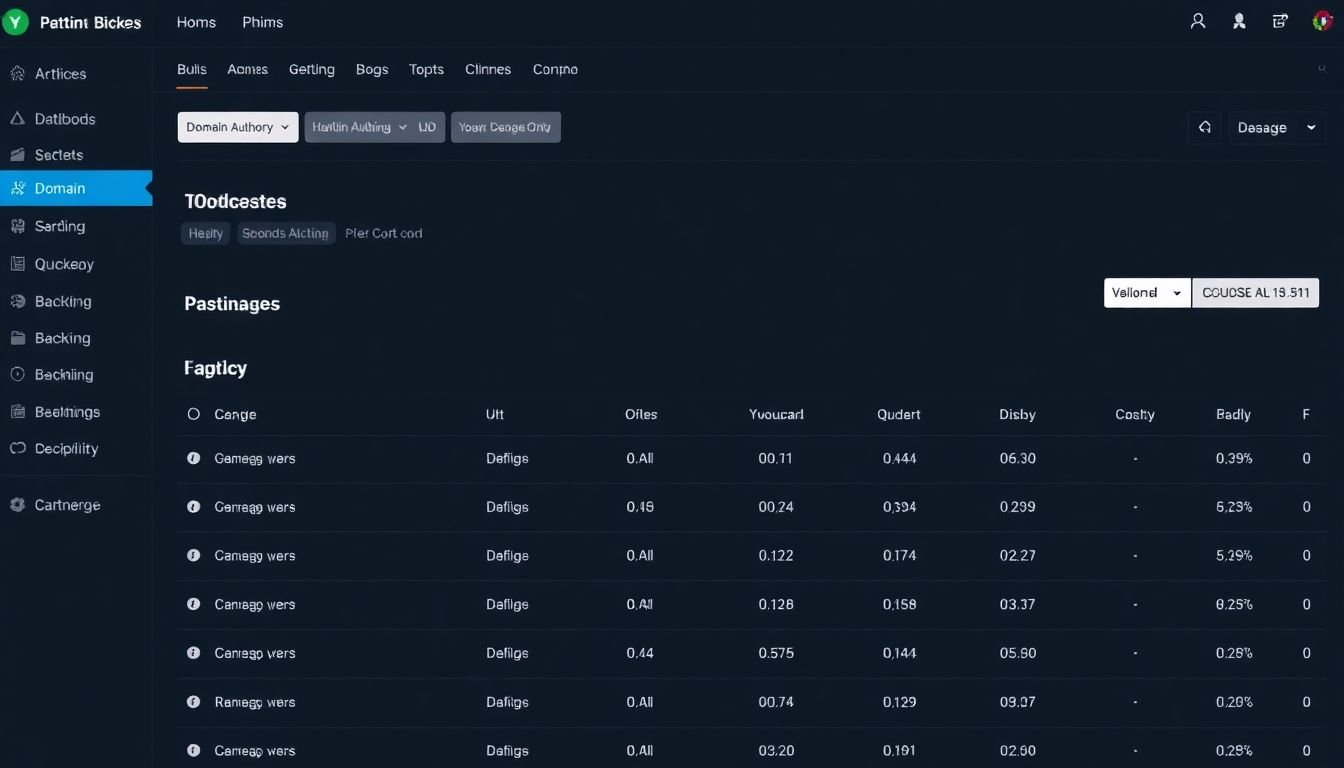
Monitoring and Maintaining Your Backlink Profile
Monitoring and maintaining your website’s backlink profile is akin to tending a garden – it’s crucial to ensure the health and growth of your site. Backlinks, the digital equivalent of word-of-mouth referrals, are a significant ranking factor for search engines. They signal to search engines that your content is valuable and relevant, boosting your site’s authority and visibility. However, not all backlinks are created equal. Some can be toxic, originating from spammy or low-quality sites, which can negatively impact your site’s reputation and search engine rankings. This is where monitoring and maintaining your backlink profile comes into play.
Think of it as a game of chess. You want to strategically acquire high-quality backlinks from reputable sources, while simultaneously protecting your site from harmful ones. This is where tools like Google Search Console, SEMrush, Ahrefs, and Moz come into play. These tools allow you to track your backlinks, providing valuable insights into their quantity, quality, and source. They also help you identify toxic or spammy links, enabling you to disavow them before they cause damage.
Disavowing a backlink is like removing a weed from your garden. It’s a straightforward process, but it’s important to do it correctly. Here are the steps:
- Identify toxic or spammy links using your chosen tool.
- Create a text file and list the URLs you want to disavow, one per line.
- Upload the file to Google Search Console’s Disavow tool.
- Google will then ignore these links when evaluating your site’s reputation.
Regularly monitoring and maintaining your backlink profile is not just a best practice, it’s a necessity in today’s digital landscape. It’s about being proactive, not reactive. It’s about nurturing your site’s online presence, ensuring it grows strong and healthy, ready to face the challenges of the ever-evolving digital world.
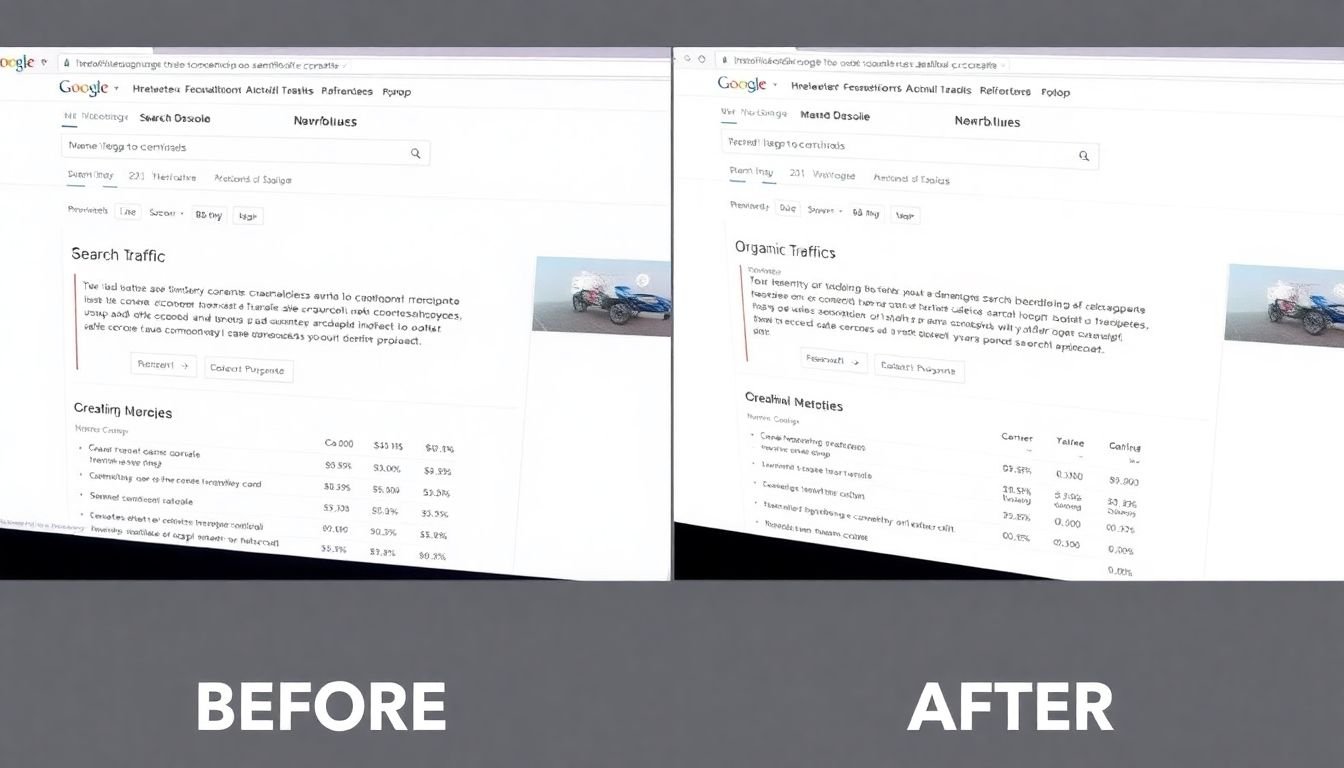
Case Studies: Backlink Building in Action
Backlink building, a cornerstone of SEO, has been the catalyst for numerous successful online campaigns. Let’s delve into two compelling case studies that illustrate the power of strategic backlink acquisition.
Case Study 1: Ahrefs’ ‘Content Explorer’ Launch
Ahrefs, a popular SEO toolset, launched ‘Content Explorer’ in 2016. Their backlink strategy was nothing short of genius. They identified high-authority websites in their niche and reached out to them, offering exclusive early access to the tool in exchange for a mention and a backlink. Here’s how they did it:
- Identified high-authority websites in the SEO niche.
- Crafted personalized emails, highlighting the benefits of ‘Content Explorer’.
- Offered exclusive early access in exchange for a mention and a backlink.
The results were astounding. Ahrefs secured backlinks from 150+ high-authority websites, including industry giants like Search Engine Land and Moz. This not only boosted their search engine rankings but also drove a significant amount of referral traffic.
Case Study 2: TripAdvisor’s ‘City Guides’ Campaign
TripAdvisor, the world’s largest travel site, wanted to boost its local SEO. They launched ‘City Guides’, a series of blog posts offering insider tips for popular travel destinations. Their backlink strategy was twofold:
- Included local influencers and bloggers in the content, encouraging them to share it.
- Reached out to local media outlets and travel blogs, inviting them to feature the guides.
By creating valuable content and leveraging local connections, TripAdvisor secured backlinks from authoritative local websites. This significantly improved their local search visibility, driving more organic traffic and bookings.
These case studies demonstrate that a well-planned backlink strategy can yield remarkable results. Whether it’s through strategic outreach, creating valuable content, or leveraging local connections, the key lies in understanding your audience and the websites that influence them.
FAQ
What is backlink building and why is it important for SEO?
What is domain authority and how is it different from page authority?
- Domain Authority (DA) measures the predictive ranking strength of entire domains or subdomains based on their overall backlink profile.
- Page Authority (PA), on the other hand, predicts the ranking strength of individual pages on a domain, considering only the backlinks to that specific page.
In simple terms, DA is a holistic measure of a website’s credibility and influence, while PA focuses on the power of a single page.
What are some ethical strategies for building high-quality backlinks?
- **Create High-Quality Content**: Develop informative, engaging, and unique content that naturally attracts links from other websites.
- **Guest Blogging**: Write guest posts for reputable websites in your niche, including a link back to your site in your author bio or within the content (where relevant and allowed).
- **Broken Link Building**: Identify broken links on relevant websites, recreate the missing content, and politely ask them to replace the broken link with a link to your content.
- **Infographics**: Create shareable infographics that summarize complex information in an engaging visual format. Other websites are likely to link to your infographic, giving you a high-quality backlink.
- **Resource Page Link Building**: Find resource pages on relevant websites that list useful tools, guides, or articles. If your content is a good fit, reach out and suggest they add your link.
- **Collaborations and Partnerships**: Partner with complementary businesses or influencers in your niche to create joint content or cross-promote each other’s work.
How can I identify high-quality backlink opportunities?
- **Relevance**: Prioritize websites in your niche or industry. Relevant links signal to search engines that your site is an authority in your field.
- **Domain Authority (DA)**: Use tools like Moz’s Link Explorer or Ahrefs to check the DA of potential linking websites. Aim for links from websites with a higher DA than your own.
- **Traffic and Engagement**: Consider the website’s traffic and user engagement. Links from websites with high traffic and engagement can drive referral traffic and boost your site’s visibility.
- **Anchor Text**: Pay attention to the anchor text (the clickable text of the link) used by the linking website. A natural mix of branded, exact match, and partial match anchor text signals to search engines that your links are earned organically.
- **Follow vs. NoFollow**: Most backlinks are ‘follow’ links, which pass on authority and influence your site’s rankings. However, ‘nofollow’ links, while not directly influencing rankings, can still drive referral traffic and engagement. Consider the balance of follow and nofollow links in your backlink profile.
How can I monitor and analyze my backlink profile?
- **Backlink Checkers**: Use tools like Moz’s Link Explorer, Ahrefs, SEMrush, or Google Search Console’s ‘Links’ report to monitor your backlink profile. These tools provide a comprehensive list of your backlinks, along with metrics like Domain Authority, anchor text, and follow/nofollow status.
- **Link Velocity**: Track the rate at which you’re earning new backlinks. A sudden spike in link velocity may indicate a successful link-building campaign or, conversely, suspicious link-building practices that could trigger a penalty from search engines.
- **Link Diversity**: Analyze the diversity of your backlink profile, including the types of websites linking to you (blogs, directories, news sites, etc.), the anchor text used, and the location of the links (sidebar, footer, within content, etc.). A diverse backlink profile signals to search engines that your links are earned naturally.
- **Toxic Links**: Regularly audit your backlink profile for ‘toxic’ or low-quality links that could negatively impact your site’s authority. Use tools like Google’s Disavow Tool to disavow these links and protect your website’s reputation.
How can I recover from a Google penalty related to unnatural backlinks?
- **Identify the Penalty**: Use Google Search Console to identify the specific penalty and its cause. Common penalties related to backlinks include ‘unnatural links’ and ‘unnatural outbound links’.
- **Audit Your Backlink Profile**: Use tools like Google’s Disavow Tool, Ahrefs, or Moz’s Link Explorer to identify unnatural or low-quality links pointing to your website. Focus on links from irrelevant websites, paid or sponsored links, or links from link farms and spammy directories.
- **Remove or Disavow Unnatural Links**: Attempt to remove unnatural links by reaching out to the website owners and politely asking them to remove the link. If the website owner is unresponsive or unwilling to remove the link, use Google’s Disavow Tool to disavow the link, telling Google not to consider it when evaluating your website’s authority.
- **Submit a Reconsideration Request**: Once you’ve removed or disavowed unnatural links, submit a reconsideration request to Google, explaining the steps you’ve taken to remove the unnatural links and promising not to engage in manipulative link-building practices in the future.
- **Monitor Your Progress**: Keep an eye on your website’s rankings and traffic to gauge the impact of the penalty and the effectiveness of your recovery efforts. It may take several weeks or even months for Google to reassess your website’s authority and lift the penalty.